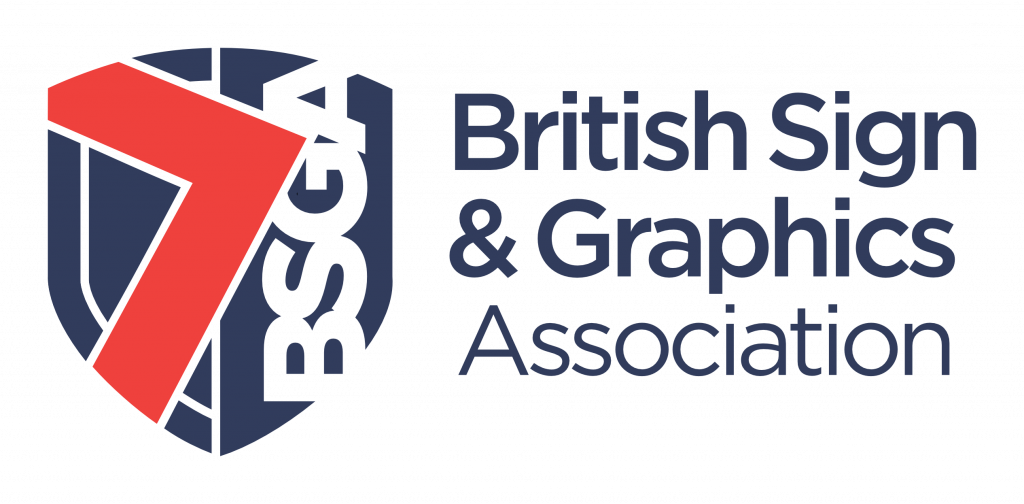Lessons from the BSGA Sign Surgery on heat safety
As temperatures rise across the UK, the sign industry is feeling the heat — both literally and figuratively. The British Sign and Graphic Association’s latest “Sign Surgery” brought together a panel of industry professionals to tackle a timely topic: how to keep staff safe and materials performing in extreme heat.
The discussion, hosted by Eye on Display’s Jack Gocher, featured BSGA board members, Craig Brown (Chair), David Allen (President), Shaun Holdom and Jeff Bufton. They were joined in the panel by Lawrence Green of Greens the Signmakers to further help with practical, experience-based advice for sign-makers working in extreme weather conditions.
Looking after the team comes first
Craig opened the session by sharing a personal experience of suffering from heatstroke early in his career – a stark reminder of the dangers posed by working in high temperatures. His message was simple: “Hydration is often underestimated.”
Jeff Bufton, Head of Operations for the Sign Express Network, agreed, stating the issue comes down to “applied common sense” and being a “responsible employer.” It’s not just about getting the job done, he said, but about making sure staff return home healthy and safe.
Several key practices were discussed, including:
- Regular breaks to allow teams to cool down.
- Hydration, with water readily available and encouraged throughout the day.
- Protective gear such as hats, long-sleeved shirts, and sunscreen.
- Cool boxes to keep food and drink from overheating in vans.
- Smarter scheduling, such as avoiding jobs during the hottest part of the day.
While shifting work hours may not yet be the norm in the UK, it’s an idea worth considering. David Allen of Allen Signs acknowledged the cultural barrier: “As a country, we’re not quite used to this idea yet; that you do a lot of work early in the morning and then go back when it’s cooler later on.”
Lawrence Green added that investing in air-conditioned vehicles has made a real difference for his team: “It gives the lads a chance to get out of the heat and cool down between jobs.”
Toolbox talks and the power of paperwork
One standout takeaway was the role of “toolbox talks” – short, informal safety discussions tailored to immediate needs. Jeff described them as “short, focused two or three-minute conversations” used to reinforce safe practices.
Craig Brown explained why they matter: “It’s an informal discussion and it’s educating people as and when they actually need it.” That said, informal doesn’t mean undocumented. The panel stressed that documenting these talks is vital, particularly when dealing with compliance inspections.
To support this, the BSGA has released free resources for members, including:
- A hot weather risk assessment
- A five-tip poster for operatives
- A customisable toolbox talk template with sign-off sheet
David pointed out that many companies are already doing these things in practice, but not always documenting them: “Like Lawrence says. We’re nearly all doing it, but sometimes we’re not documenting it.”
When Heat Affects More Than Humans
The panel also explored the impact of heat on materials. Shaun Holdom, Global Business Development Director at Fujifilm, explained that extreme temperatures can affect everything from ink to adhesives.
“PVC is synonymous with heat,” said Shaun. “Heat affects PVC, heat affects the adhesives.” He noted that applying vinyl to a hot surface, like a sun-baked window, can cause thermal shock, potentially cracking the glass.”
His advice? Use a temperature gun to check surfaces before installation and be mindful of the “window of operation” for your materials. “Sometimes it might be better to do those installs early morning or even late when you’re avoiding those midday temperatures.”
Craig added that composite panels are also vulnerable to warping, particularly if the core material isn’t suited to higher temperatures.
Lawrence Green shared one creative solution: “When it is hot, substrates can be quite stretchy and not great to work with. So we’ve often laminated things purely just to increase the structure of the vinyl.” Even when it feels like overkill, added protection can make the application more manageable.
Building a safer, smarter Industry
The BSGA Sign Surgery session highlighted the importance of preparation, shared learning, and a willingness to adapt. Whether it’s changing shift patterns, educating staff, or trialling new materials, the consensus was clear: these measures are not burdensome, they’re good habits that protect both people and businesses.
And as our summers grow longer and hotter, the industry’s approach to heat must evolve too. The BSGA remains committed to helping sign-makers stay ahead through shared resources, open dialogue, and a growing library of practical tools.
As Craig summed up: “We all want to do a good job, but we’ve got to do it safely. A little planning and a bit of common sense go a long way.”
For more information on the BSGA’s health and safety resources, visit BSGA – The Leading Association for the UK Sign Industry.
